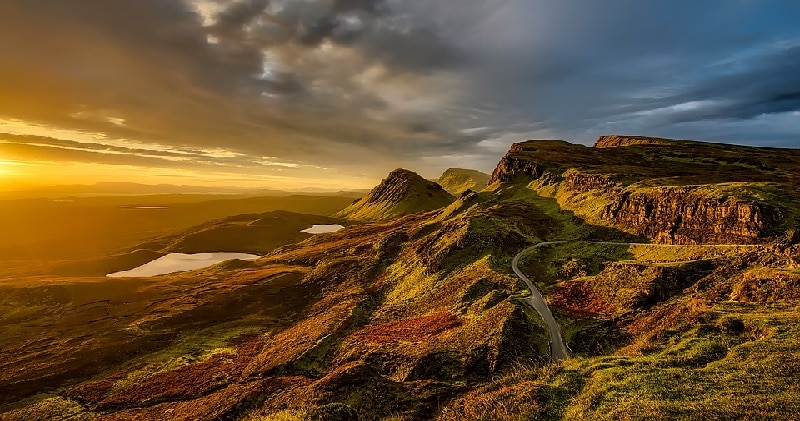
Image: 12019 / CC0
A space without texture is boring and flat, and you could say the same for images as well. Without texture, a photograph tends to look flat and one-dimensional.
Fortunately, no matter where or what you’re shooting –there’s texture to be found. In fact, it’s almost impossible to not add texture to your images. Be it a cloud-filled sky, the rippling surface of the water, the trees, and even the rolling plains. Whatever your scene, there’s bound to be some interesting texture for you to capture.
Once you start noticing texture, you can start working it into your photographs, creating eye-catching and visually appealing scenes and helping your images to come to life. With this in mind, here’s a look at some tips for incorporating texture into your landscape images.
Finding Texture in Nature
Textures are all around us; especially in the natural world. By paying close attention to the details found in nature, you’ll be able to incorporate textures into your photographs more easily. Here are a few of the more common textures found in nature.
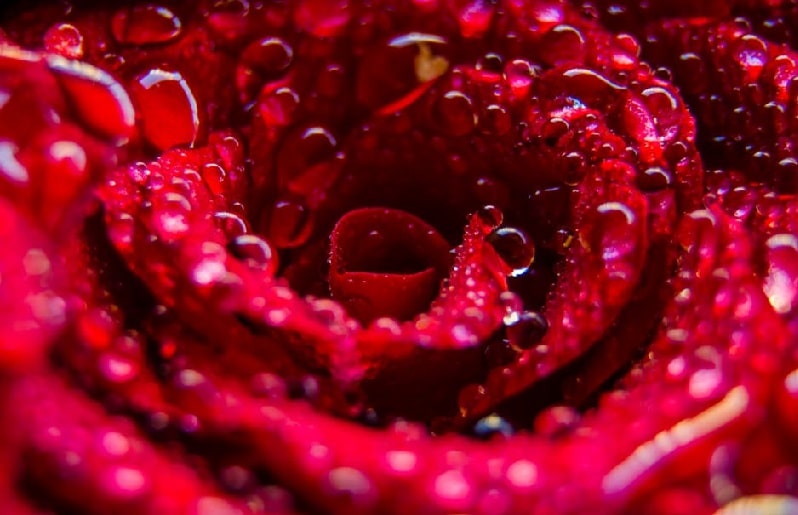
Image: asim alnamat / CC0
Trees
Trees and leaves are great for adding texture to your photographs. Capture them as close-ups and macros, or photograph them as part of a distant landscape.
→ Related reading: Macro Photography 101
Water
Depending on how you photograph it, water can have many different textures, soft and smooth or rough and choppy. Adjust your shutter speed to capture various textures of water.
→ Related reading: Water Photography: Composition and Creativity Ideas
Stone
Stone can offer a variety of different textures as well –whether glossy and smooth or rough and cold. Whether you’re photographing a stone wall or structures or capturing some rocks on their own, they can be a great source of texture.
Metal
While metals and other hard surfaces might not be as common in landscape settings as natural elements such as wood or stone, metal can often be found on buildings, fences, signs, and more. Don’t overlook what you may first perceive as an eyesore; instead, consider incorporating it as texture to enhance your photos.
Old abandoned buildings with peeling paint and cracked windows can also add interesting detail, color, and texture to your photos.
Using Texture to Enhance Your Images
Once you’re on the lookout for textures you’ll start to notice them everywhere. Here’s a look at how you can incorporate different textures into your images.
Look for Contrast
Texture’s everywhere. The key is using it effectively. One way to make a big impact with texture is by looking for contrast. Whether it’s soft, billowing clouds contrasting with rugged trees and mountains, or a smooth, flowing river and rugged rocks, look to combine contrasting textures for maximum visual impact.
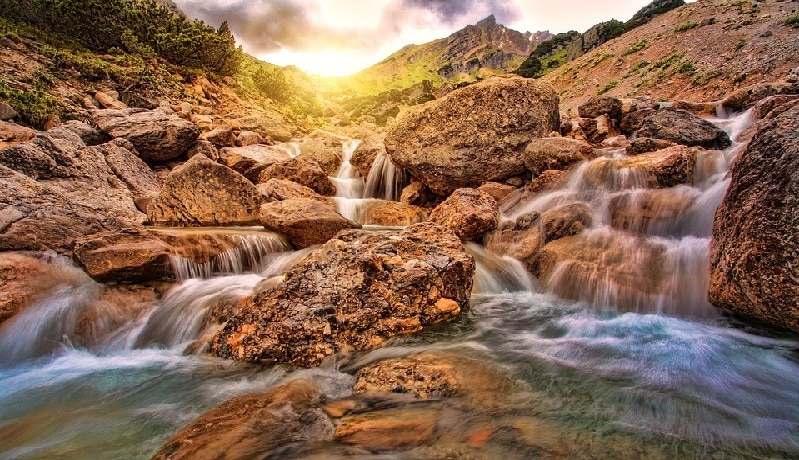
Image: jplenio / CC0
Get Closer
Sometimes, getting closer can help to draw out interesting textures. Oftentimes, close-ups are a great way capture interesting textures and patterns too. Try getting close to leaves, flowers, insects, snow, and other elements –and let textures take center stage in your photographs.

Image: Pixabay / CC0
Alter Your Perspective
If you aren’t seeing anything dynamic, consider changing your perspective. Get up high to get a bird’s eye view of the scene or get down low and shoot from the ground up to incorporate all of the interesting details, patterns, and textures together.
→ Related reading: How Perspective Impacts Landscape Photography

Image: invisiblepower / CC0
Composition
You should also remember that while it’s easy to get lost in the hunt for textures, keeping the big picture in mind is also important. Don’t throw away a great composition just to incorporate some texture, instead just try to keep it in mind –and look to incorporate it when the opportunity arises.
→ Related reading: 4 Expert Tips to Improve Your Landscape Composition

Image: Nejc Košir / CC0
Tips for Capturing Texture
Capturing landscapes with textures can help add life and excitement to your images. Before you head out, though, here are a few more tips to help you capture textures effectively.

Image: Pixabay / CC0
Shutter Speed
Your shutter speed can have a significant impact on the texture in your images. A fast shutter speed can help to freeze the action, allowing you to capture the image as it appears to the naked eye, whereas a slow shutter speed renders motion as blur. You can use a long exposure to capture soft, streaky clouds, to blur the surface of the lake or the sea, or even gently blur a field of grain if there’s a slight wind.
Tripod
A sturdy tripod will aid you when capturing textures. Having a sturdy surface to steady your camera can help eliminate unwanted camera blur, especially when shooting long exposures.
Lighting
The best lighting for capturing textures is side lighting. When the light is coming from the side, it’ll result in longer shadows, adding a sense of depth and highlighting textures in the scene. Harsh overhead lighting is the most difficult lighting to work with, and will often cause your images to appear flat and washed out. If you have a choice, shoot while the sun is low; early morning or late afternoon for best results.
Textures are found everywhere, but for the most part we’re often oblivious to them. But by being aware of textures, and looking to incorporate them into your images in a way that’ll add depth and interest, you’ll be able to use them to create eye-catching photographs –helping your photos to feel more realistic and making them come alive.
How do you incorporate textures into your images?
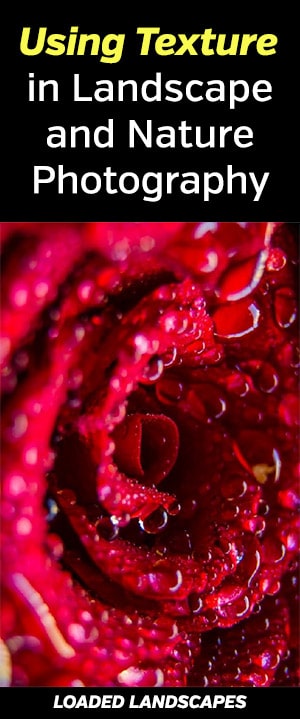
Photo license link: CC0



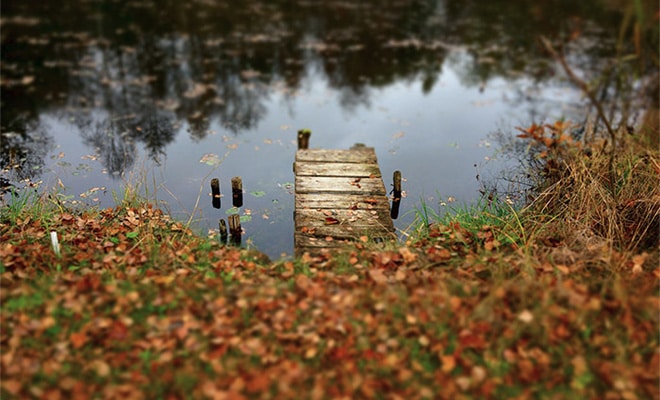







Nice read! A trip outside with my camera and manual is what I need! LOL
Thank you very much!
Su
yes this article reminds me to break the rules. thanks